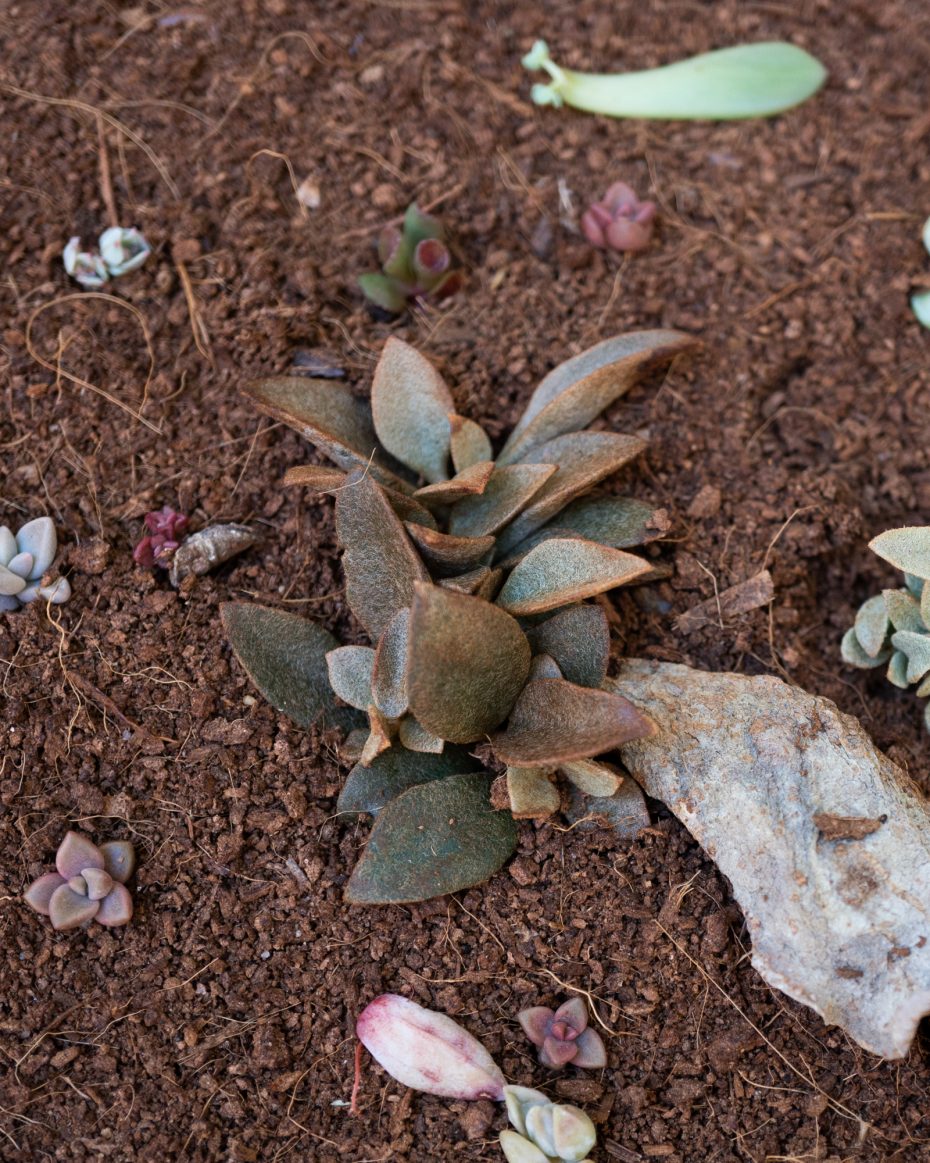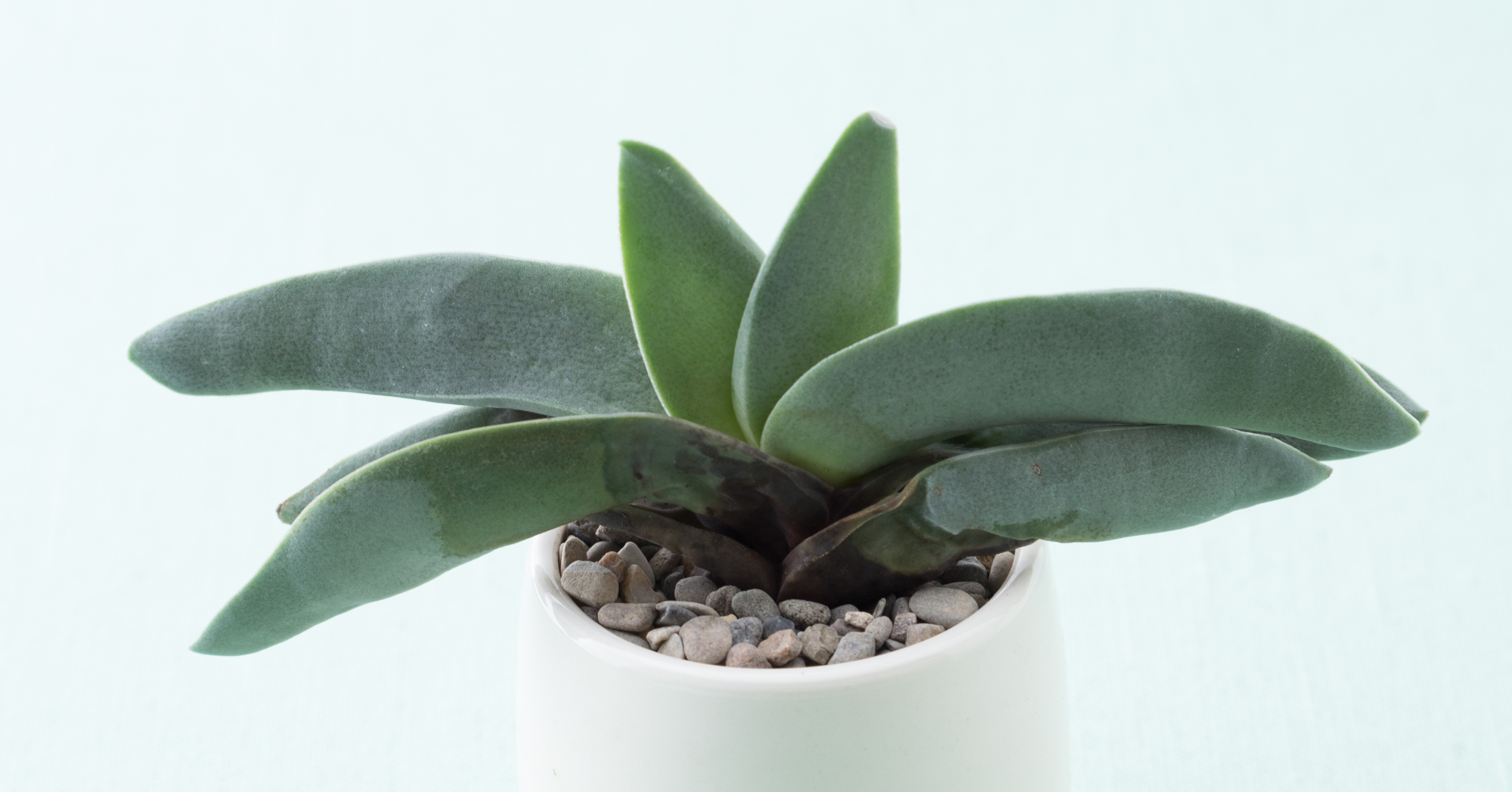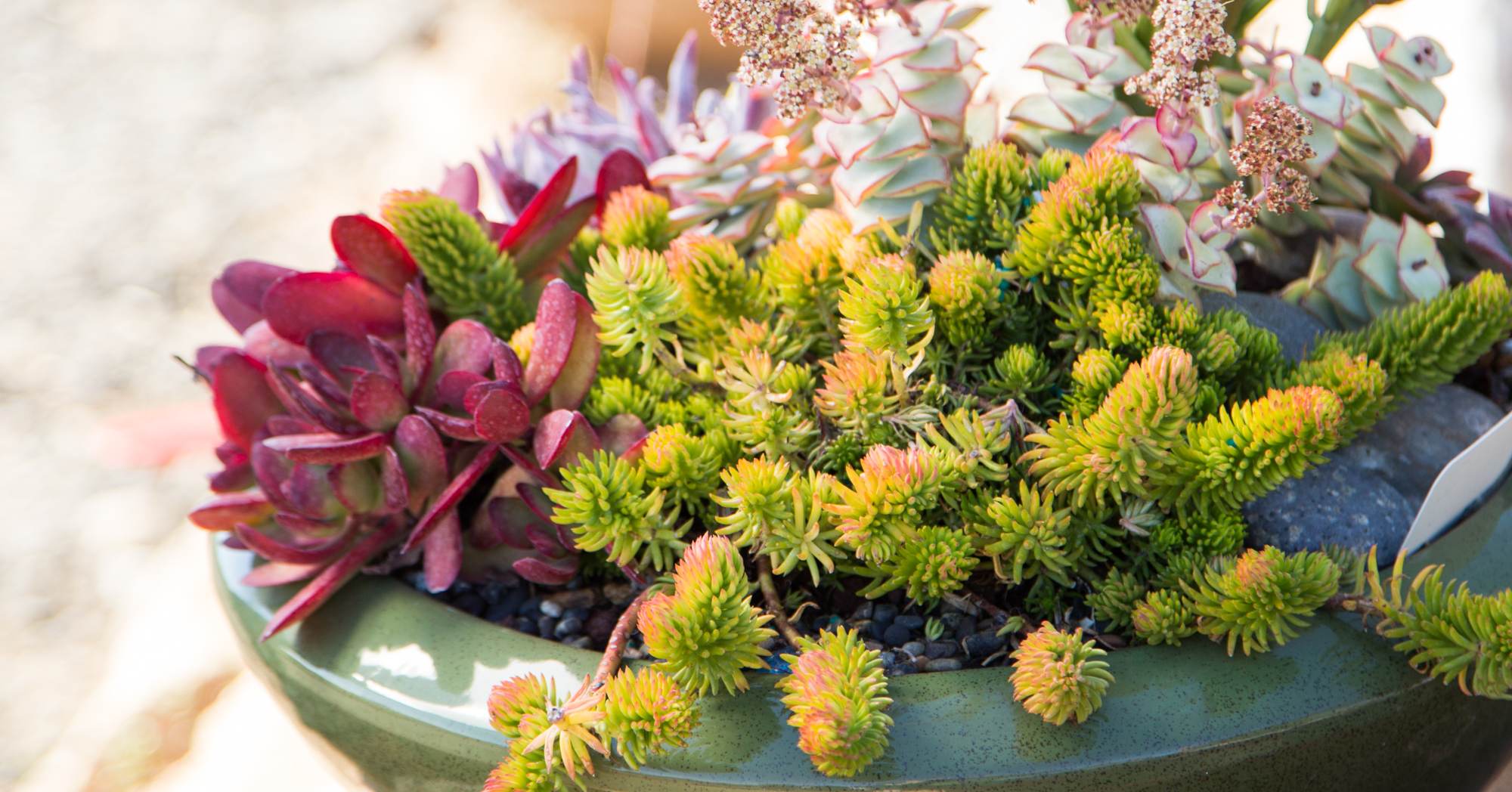A Weird Material That Works For Succulent Soil
Most new succulent growers don't realize the soil they plant their succulents in is just as important as how and when they water. While I highly recommend using a gritty mix for growing succulents, there are times I've found a need for a more organic material so the soil stays wet a little bit longer.
A great example of this is for leaf propagation...
While I plant my full-grown succulents in a gritty mix, I want the soil for my leaf babies to stay damp.
Most traditional potting soils (and even most of the bagged succulent mixes you'll find at big box stores) are peat-based. Peat-based soils are very hydrophobic -- meaning they repel water when completely dry.
This makes it really hard to ensure water is soaking all the way through the soil to the roots.
This is why I highly recommend using coconut coir as an organic potting medium for succulents.
Coconut coir is a great soil option for succulents that like more water. And the great news is that it absorbs water much more easily than peat, especially when completely dry.
For my leaf propagation, I use exclusively coconut coir.

However, for potted succulents, I use it a bit differently. Sometimes I'll mix the coconut coir into the gritty mix, but only for succulents are are really having a hard time getting the water they need.
The most common way I use it for larger succulents is by filling my pot most of the way with gritty mix and then adding a layer of coir on top. This has tremendously helped my outdoor succulents stay cooler in the extreme summer heat in Phoenix.
Vining succulents like String of Pearls really benefit from this setup. You take a strand, or several, of the succulent and circle it on the top of the soil. Every few days get the coconut coir damp, not soaking wet.
This process will help the succulent to put off new roots along the strands and give the plant a stronger root system to grow from. A thicker grouping of leaves and stems at the top of the plant seems to give it a better chance at surviving and makes it less likely to struggle during times of drought.
String of Dolphins and Ruby Necklace along with other succulents that grow on vine-like stems really benefit from a tight root system at the top of the soil before they begin trailing.
So if you're looking for something to help your succulent soil stay wet a little longer or you're ready to start propagating succulents, be sure to give coconut coir a try.
Yes, Your Succulent Is Probably Dying, But Here's What To Do About It

There are a number of reasons your succulent might not be looking great. Find out how to tell what's wrong with your succulent and how you can fix it or prevent it from happening again.
Has Your Succulent Lost Its Color?

The succulents in this list can all tolerate low light. But most colorful succulents won't fare so well. There are a number of factors that help keep your succulents colorful, including how much light they get. Even some of these "low light" succulents will look a little better with more light. Find out how to give your succulents healthy stress and bring out their brightest colors.
This article originally appeared on Succulents and Sunshine.